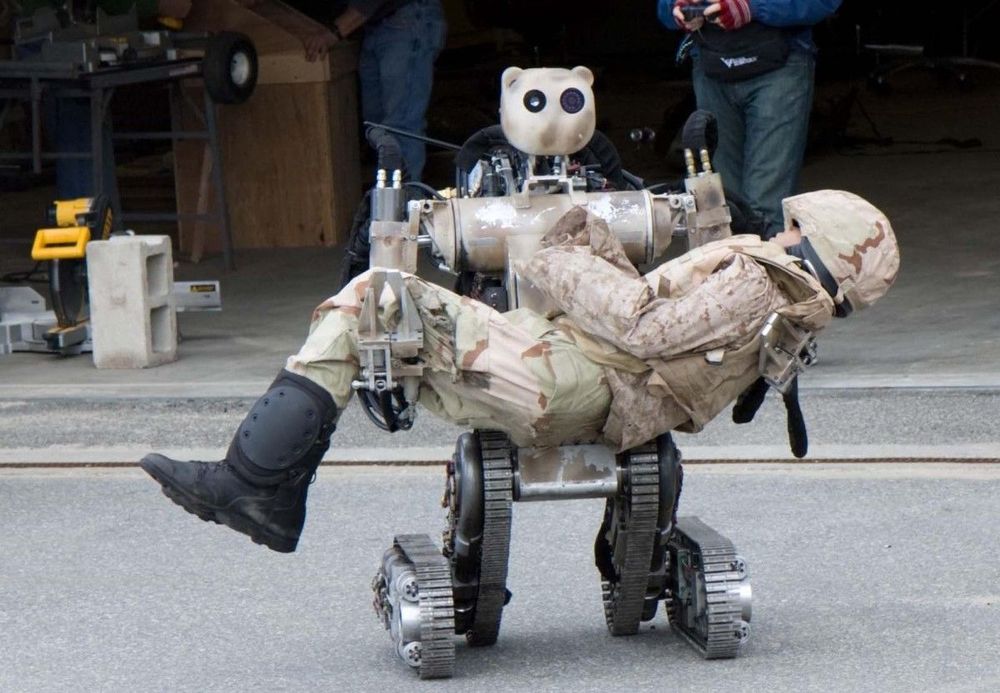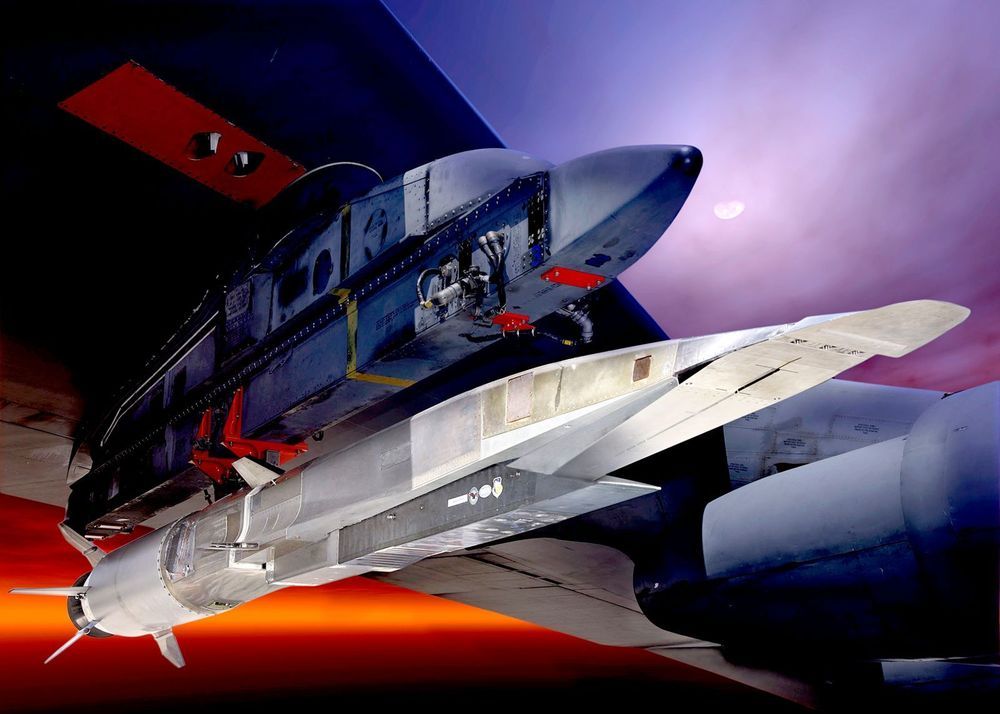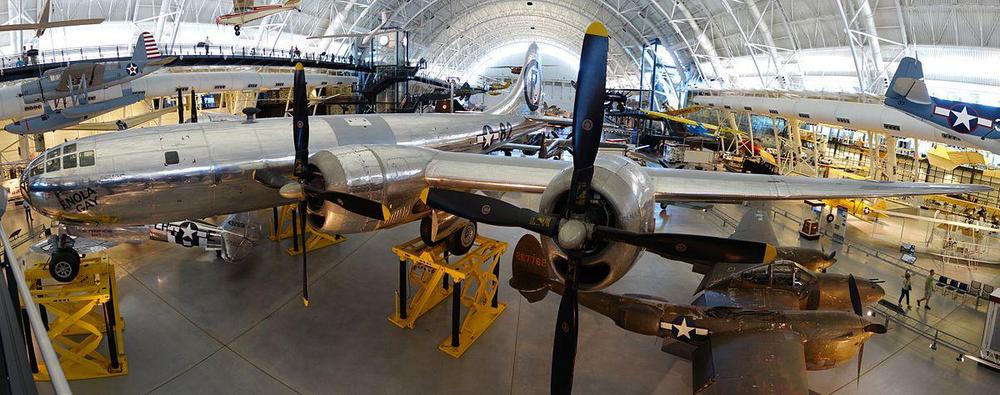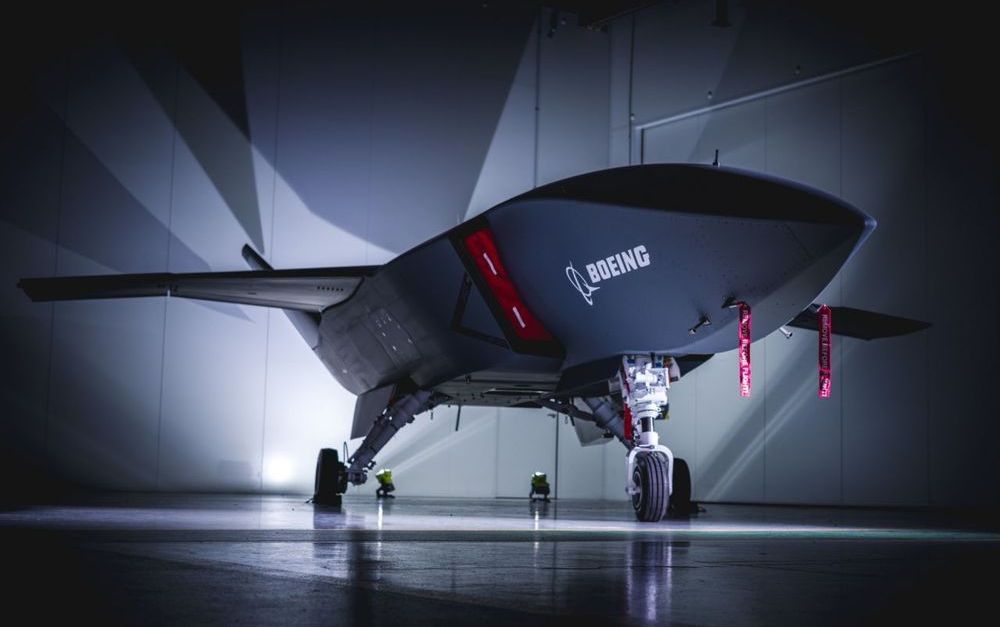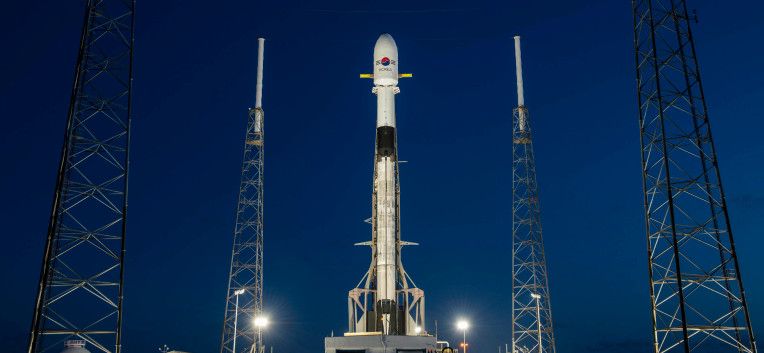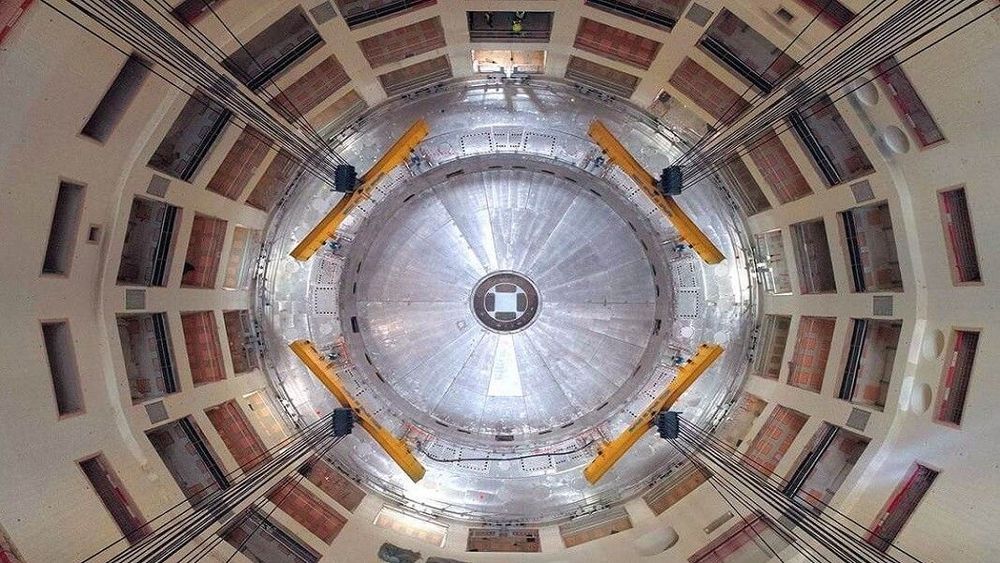
In December 2019, Donald Trump signed the U.S. Space Force Act, peeling off an orbit-and-beyond branch of the military, much as the Air Force grew out of the Army in the 1940s.
For now, the Space Force still resides within the Air Force, but nearly 90 of this year’s approximately 1000 Air Force Academy graduates became the first officers commissioned straight into the new organization. Some of those graduates were members of an academy group called the Institute for Applied Space Policy and Strategy (IASPS). Featuring weekly speakers and formalized research projects the students hope to turn into peer-reviewed papers, the group aims to game out the policies and philosophies that could guide military space activity when they are old enough to be in charge. In particular, these young cadets are interested in whether the Space Force might someday have a military presence on the Moon, and how it might work with civilians.
That activity could put the Space Force in conflict with scientists, who typically view the cosmos as a peaceful place for inquiry. But part of the club’s mission is speculating about that interplay—between the military and civilian scientists, civil space agencies, and private companies. Cadet J. P. Byrne, who will graduate in 2021, is the group’s current president. He chatted with ScienceInsider about the institute’s work. This interview has been edited for length and clarity.
Continue reading “U.S. Air Force cadets study idea of Space Force bases on the Moon” »
